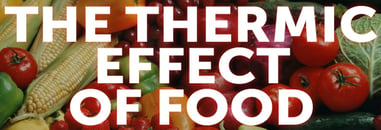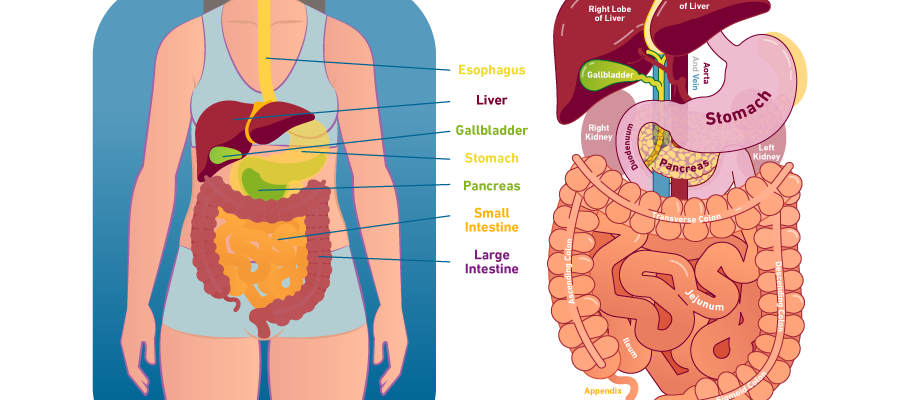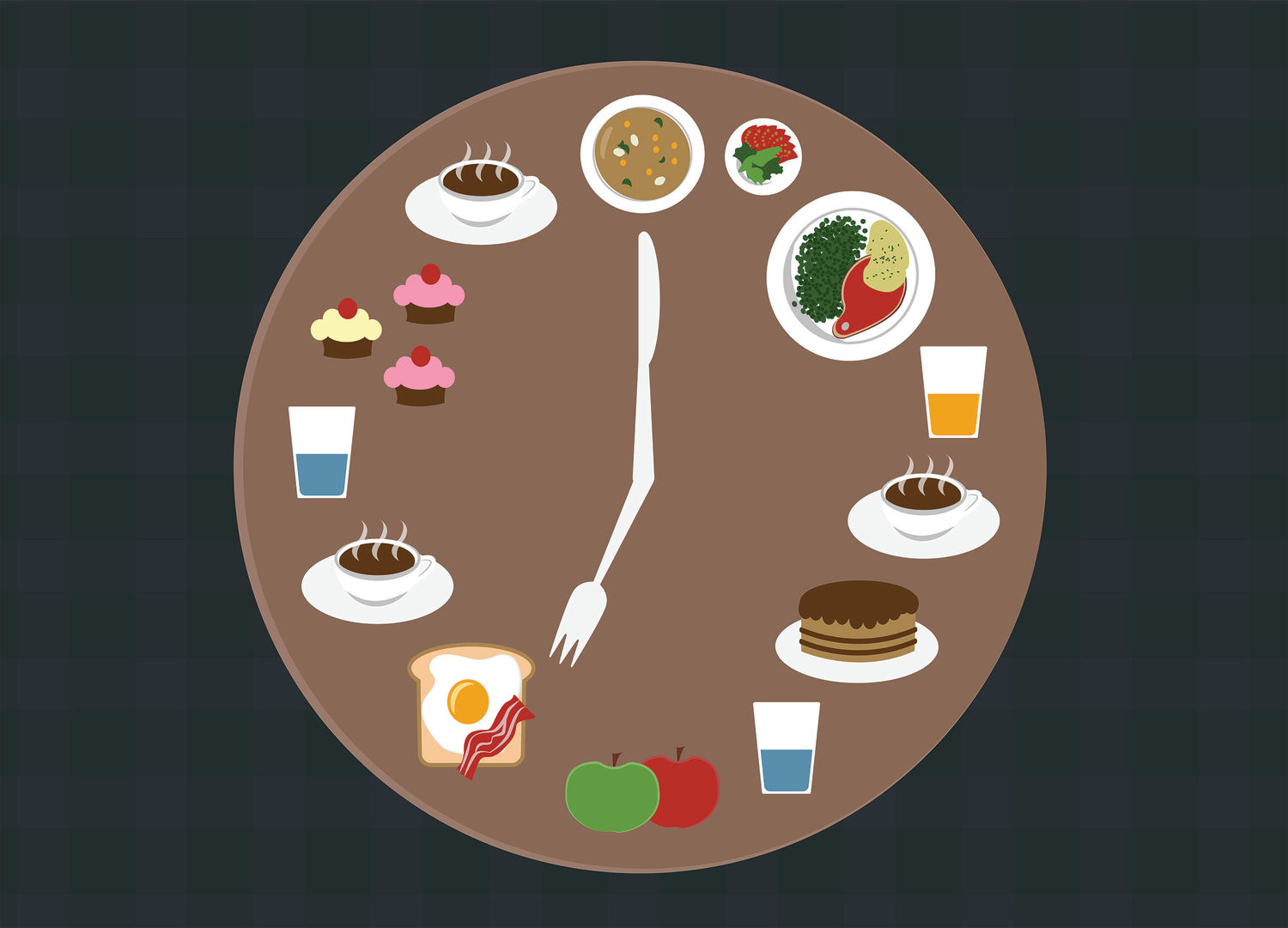This Term Describes the Use of Calories/energy to Digest Food
One calorie is 42 J. We would be referring to calorie because calorie with a lowercase c is much smaller unit of measurement than Kilocalorie.

Processed Food Alternatives For Super Busy People Ramblings Of A Bad Domestic Goddess You Might Be Thinking That You Won T Ha Best Blogger Recipes Pinte
The thermic effect of food refers to the amount of energy used by your body to digest absorb and dispose of the food you ingest.

. Proteins fats and carbohydrates. An older unit for measuring food energy is the kilocalorie often just called calories. The energy in food ultimately becomes.
Consider this the operating cost of working your digestive system. Under normal circumstances more than 95 of this food energy is digested and absorbed from the gastrointestinal tract to provide the bodys energy needs. These nutrients may include proteins carbs and fats as well as vitamins.
Food heats up as it is being digested. On average a person uses about 10 of their daily energy expenditure digesting and absorbing food but this percentage changes depending on the type of food you eat. Thermic Effect of Food.
For example an elephant needs. The Calorie Cal with an uppercase C used to measure the nutrition in food is actually 1000 calories cal with a lowercase c or 1 kilocalorie kcal. This is also known as the thermic effect of food TEF.
When we use the term calorie to describe the energy content of food are we actually referring to the word calorie or are we referring to the word kilocalorie. Energy expenditure in a basic or rested state. The quantity of heat necessary to raise the temperature of a kilogram of water 1C actually a kilocalorie but usually called a calorie for weight control purposes.
The energy in the food that we it is measured in units of kilocalories or Calories. A unit of energy in food. In term of nutrition calories are the amount of energy which we get from the food source and drinkcalories is required for maintaining good health different people need a different amount of energy depending upon their age sex activity level and size.
1 kilogram kg of coal for example contains 7000000 calories. The balance between calories consumed and calories burned. The amount of energy in an item of food or drink is measured in calories.
Protein takes the most energy to digest 20-30 of total calories in protein eaten go to digesting it. National Institute of Diabetes and Digestive and Kidney Diseases Carbohydrates Carbohydrates are one of the main types of nutrients. Thermic Effect of Food TEF It takes energy to process the food you eat.
The composition of your meal determines its TEF. A calorie is the unit describes the amount of energy food contains. When you consume calories from carbohydrates your body metabolizes them differently than the same amount of calories from fat or protein due to the thermic effect of food TEF.
Digestion of the food and the absorption metabolism and storage of the nutrients account for approximately 10 percent of your total energy expenditure. Energy needed to digest food and absorb and further process the nutrient recently consumed 5-10 of energy needs. Your body uses a certain number of calories to digest and metabolize the foods you eat.
The energy content of food is described in terms of calories because A. A the energy used to raise body temp during exercise b the heat represented by perspiration and vaporization of water from the body c the increase in rate of metabolism when you are exposed to a cold environment d the energy needed to digest and assimilate food. Malabsorption syndrome refers to a number of disorders in which the small intestine is unable to absorb enough nutrients.
The amount of energy in food depends on the temperature. Our bodies require other nutrients too like essential vitamins and minerals. When we eat and drink more calories than we use up our bodies store the excess as body fat.
Thermic effect of food is highest from. While the Calorie unit is used widely in the US the kilojoule kJ is in widespread use internationally. Different animals need different amounts of energy.
Calories Units of energy supplied by food. Carbohydrates fats protein and alcohol in the foods and drinks we eat provide food energy or calories Source. Carbohydrates protein fats and alcoholthe dietary macrocomponentsare the sources of energy in the diet.
B Substances in plant food not digested by the processes that take place in the stomach or small intestine. Thermal effect of food TEF. The unit of energy is a calorie.
D A six-carbon monosaccharide the usually exists in a ring. What is the term for the energy that is used to digest absorb transport and metabolize energy. Macro means large and these basic nutrients are necessary in large quantities to sustain our growth metabolism and other bodily functions.
Or specific dynamic action SDA. A a carbohydrate made of multiple units of glucose attached together in a form the body can digest. You burn off some of the calories you consume in order to digest and eliminate the food.
We consume food when we bite chew and swallow. C A simple form of carbohydrate. Fat carbohydrates and protein are factors that influence the thermic effect of a meal.
If this continues over time we may put on weight. Most people only associate calories with food and drink but anything that contains energy has calories. One of the few costs in life you may be happy to pay.
Protein Carb Fat. The thermic effect of foods that burn more calories will differ depending on what a meal consists of. The thermic effect of food is a term that describes the energy our bodies expend when we ingest food.
Your digestive system changes carbohydrates into glucose blood sugar. The energy or calories in the food we eat comes from three macronutrients. The thermic effect of food component of your daily energy expenditure is.
There are some foods that burn more calories. Which description best describes a starch. This muscle loss causes metabolism to.
As a guide an average man needs around 2500kcal 10500kJ a day to maintain a healthy body weight. June 29 2013 The thermic effect of food is a term used to describe the energy that is expended by our bodies after we ingest food. As you continue to eat less than you need your body starts to break down muscle to use for energy.
It is the energy used to digest absorb and metabolize food nutrients.

What Is The Thermic Effect Of Food

Metabolism Is A Term That Describes All The Chemical Reactions In Your Body These Chemical Reactions Keep Your High Metabolism Metabolism Booster Metabolism

High Triglycerides Causes Symptoms High Triglycerides Diet Triglycerides Triglycerides Diet
15 2 Nutrition And Energy Production Concepts Of Biology 1st Canadian Edition

Maintaining A Healthy Weight Laminated Anatomical Chart Healthy Weight Charts Maintain Healthy Weight Healthy Weight

Welcome To Gabriel Atanbiyi Blog Couple Of Dates A Day Can Give Amazing Health Bene Kesehatan

100 Calorie Salad Boosters Cooking Light Low Calorie Salad Salad Toppings 100 Calories

When The Pancreas Doesn T Work Properly It Affects The Body S Ability To Properly Digest Food This Means That Some People Chronic Pancreas Acute Pancreatitis

What Is Qi Definition Of Qi In Traditional Chinese Medicine Chinese Medicine Traditional Chinese Medicine Traditional Medicine

The Secret To Shopping Yourself Slim In The Supermarket Healthy Groceries Healthy Grocery Shopping Shopping Infographic

Your Digestive System Digestive Disease Center Temple Health

Drickbara Ketoner Pruvit Ga Ner I Vikt Rutiner Keto Quote Pure Therapeutic Ketones Medical Prescription

Signs Of Toxicity In Children Asthma Symptoms In Kids Asthma Treatment Detox Symptoms

Mfp Configuring Myfitnesspal Recipes Keto Myfitnesspal

Meal Timing And Weight Loss Does It Matter When You Eat

Foods That Fight Against Inflammation Anti Inflammation Recipes Inflammation Foods Fights Inflammation



Comments
Post a Comment